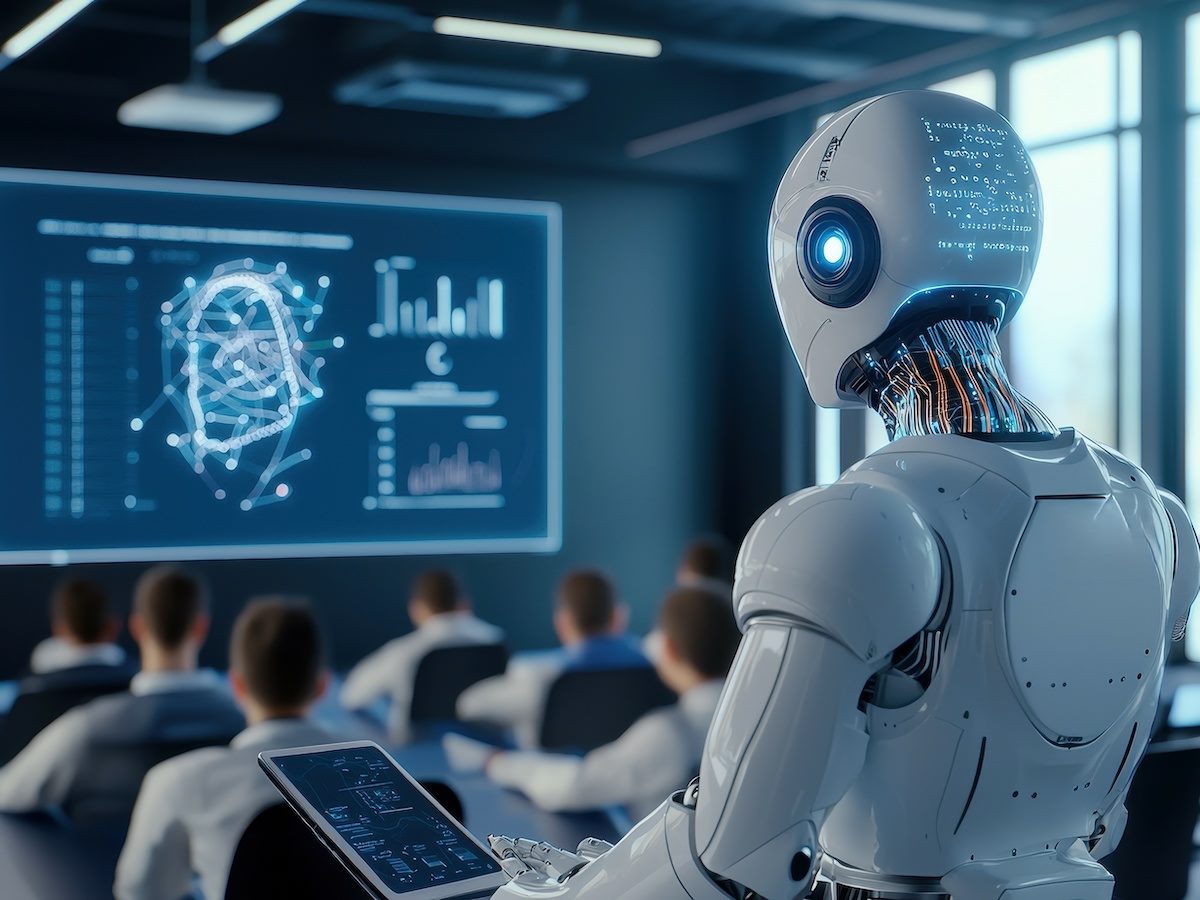Still think AI is just about individual productivity boosts with clever assistants? Wake up. That's Layer 1 thinking in a Layer 3 world.
OpenAI, drawing insights from millions of business users and hundreds of successful implementations, has laid out six "use case primitives" — the fundamental ways AI is being used today. But the real story isn't just these primitives. It's how AI agents are poised to progress from them, moving us from human-led assistance to autonomous agent crowdsourcing.
If you're not preparing for this agentic shift now, you're not just falling behind; you're becoming a fossil.
Today’s 6 AI Use Case Primitives
OpenAI's work in identifying and scaling AI use cases shows how leading organizations are using AI. It has distilled more than 600 customer use cases into six "primitives" — fundamental applications that cut across departments and disciplines. These aren't just abstract categories; they represent the footholds AI has established in the enterprise, backed by data showing AI leaders make more money and higher profits.
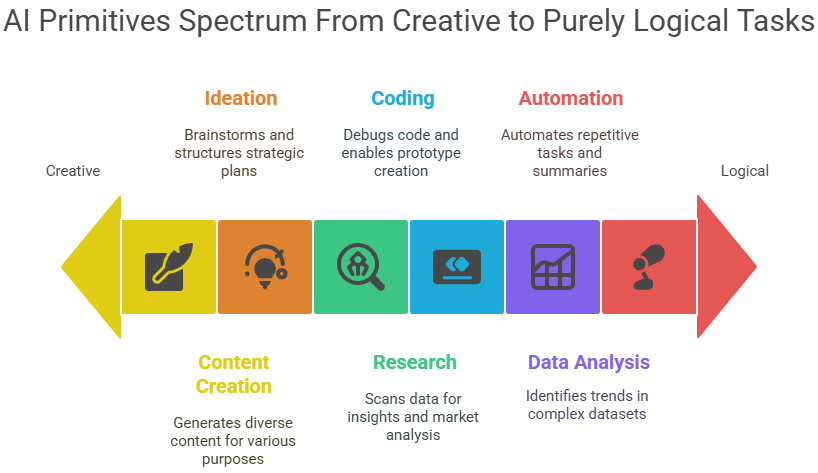
The six primitives, as laid out by OpenAI, are:
- Content Creation: From marketing campaigns and policy documents to product release notes and sales scripts, such as a life sciences firm saving 135 hours on email drafts.
- Research: Scanning the web, analyzing internal documents, investigating competitors, sizing markets and even reviewing API documentation.
- Coding: Debugging, generating first drafts, porting languages and helping non-coders build interactive prototypes, sometimes known as "vibe coding."
- Data Analysis: Harmonizing data, identifying trends and working with complex spreadsheets without needing advanced Excel, SQL or Python skills.
- Ideation and Strategy: Brainstorming, structuring documents, building market expansion plans and practicing sales pitches.
- Automation: Generating weekly updates, summarizing meeting notes and creating executive briefings from financial data.
Recognize these? Of course, you do. Your teams are likely dabbling in, if not actively using, AI for many of these tasks. And that's good. It's a start. But it's just the kiddie pool. The mistake would be to see these current applications as the destination, when they are merely the launching pad.
Related Article: AI Agents at Work: Inside Enterprise Deployments
How Agents Will Change Each Primitive
The real game-changer is the imminent and accelerating rise of AI agents. These aren't just tools that humans use; they are increasingly autonomous entities that can perform complex, multi-step tasks, learn and even collaborate with other agents.
Let's look at how agents will update OpenAI's primitives, moving through near-term (~12-24 months), mid-term (~2-4 years) and far-term (4+ years) scenarios — though these timelines could compress dramatically.
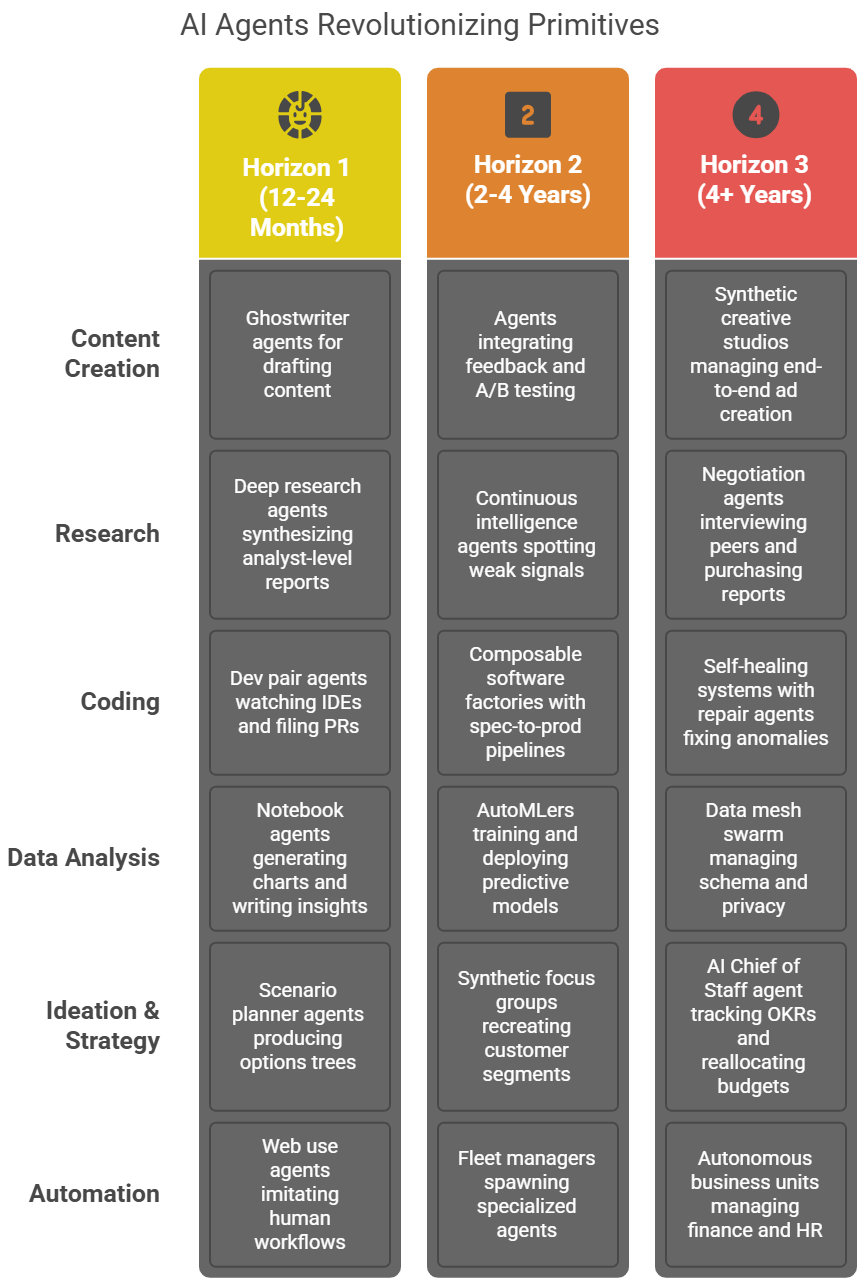
Content Creation —> From Ghostwriters to Synthetic Studios:
- H1: Solo "ghostwriter" agents tuned to brand style, legal rules and campaign goals can draft copy, images and short videos for human sign-off; channel-aware agents repurpose content.
- H2: Agents integrating audience feedback loops, A/B testing and revising content around-the-clock; coordinated "creative pods" of specialized agents (tone tuner, translator, thumbnail designer) emerge.
- H3: Entire synthetic creative studios — multi-agent teams of writers, designers, voice actors and producers — storyboarding, shooting, editing, localizing and placing ads end-to-end, even interacting with finance agents for budgets.
Research —> From Smart Search to Continuous Intelligence Agents:
- H1 (Already Arriving!): "Deep Research" agents autonomously planning, browsing, triaging and synthesizing hundreds of sources into analyst-level reports.
- H2: "Continuous intelligence agents" subscribing to data feeds, patents and earnings calls; spotting weak signals and generating briefings; emergence of persistent intel cells.
- H3: Negotiation agents reaching out to subject matter peers, scheduling interviews, purchasing reports, updating private knowledge graphs and debating interpretations.
Coding —> From Development Partner to Composable Software Factories and Self-Healing Systems:
- H1 (Starting Now!): AI-powered “pair programming” agents monitor your IDE, run tests and file pull requests when appropriate; "vibe coding" agents turn natural language from non-coders into functional code.
- H2: "Composable software factories" of specification to production pipelines where planner agents break down features, junior developer agents code, senior agents review and DevOps agents ship daily.
- H3: Self-healing systems with monitoring agents that detect anomalies and spawn repair agents that roll back, patch or spin up microservices.
Data Analysis —> From Smart Spreadsheets to Autonomous Data Mesh Agents:
- H1: Notebook agents chaining SQL and Python, generating charts, writing narrative insights and producing scheduled KPI digests.
- H2: "AutoMLers" of agents selecting ML techniques; training, validating and deploying models then feeding predictions to operational agents.
- H3: A data mesh swarm of schema agents, privacy agents and lineage agents with minimal human involvement.
Ideation & Strategy —> From Brainstorming to AI Chief of Staff:
- H1: Scenario planner agents running simulations, producing options trees with risk/ROI heat maps.
- H2: Synthetic focus groups with persona agents and creative agents testing messaging.
- H3: An AI Chief of Staff agent attending every meeting, tracking OKRs and reallocating budgets.
Automation —> From Simple Scripts to Autonomous Business Units:
- H1 (Emerging): Web use agents imitating human workflows; emergence of specialized web actor pods.
- H2: Extensive orchestration layers of fleet managers spawning specialized agents.
- H3: Autonomous business units with agents in finance, supply chain and HR functions.
Prepare for the Agent Boss Era
You're probably seeing the pattern. We are changing from humans using AI assistants to humans primarily being agent bosses and managing, orchestrating and directing teams and AI agents.
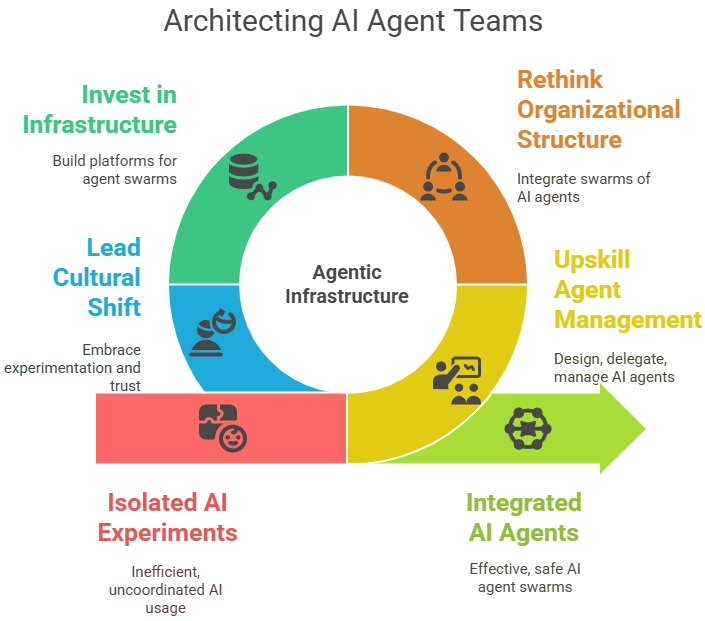
OpenAI's advice to teach employees these six primitives is sound, but it's incomplete if you stop there. The real challenge isn't just getting your team to use LLMs more effectively. It's preparing them — and your entire organizational structure — for a future where their primary role will be to take advantage of these sophisticated agentic systems.
What’s Needed?
- Improvements in AI memory
- Advancements in tool use frameworks such as function calling
- Infrastructure agents such as task schedulers and policy engines
- Coordination so specialized agents can delegate and collaborate
Related Article: Is Your Data Good Enough to Power AI Agents?
Your Call to Action: Stop Tinkering, Start Designing
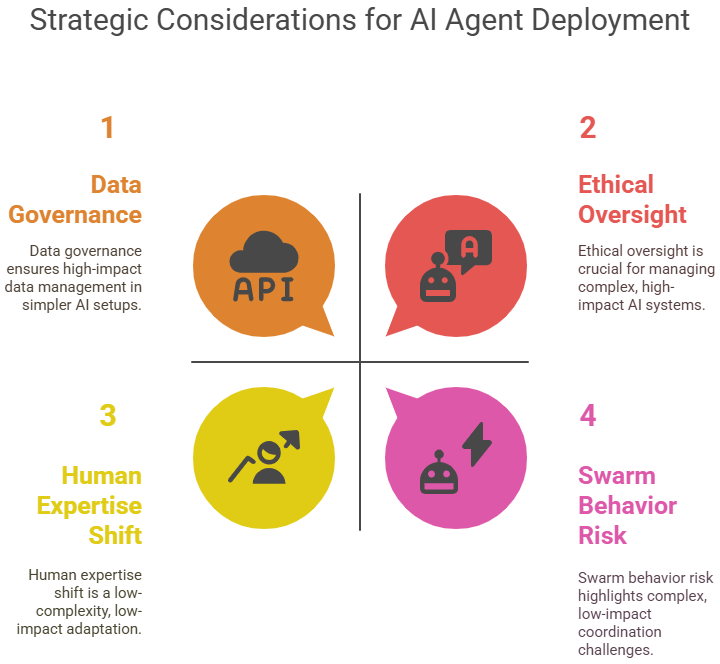
Leaders, the time for incremental AI adoption is over. The time for pilots and isolated experiments as your sole strategy is past. You need to:
- Train for Agent Management: Focus on teaching teams how to design, delegate to, manage and evaluate the output of AI agent teams.
- Rethink Organizational Structure: Eliminate hierarchies designed for human command-and-control.
- Invest in Agentic Infrastructure: Build or acquire platforms, data pipelines, memory systems and governance frameworks.
- Lead the Cultural Shift: Support experimentation, fast learning from failure and trust in AI systems.
OpenAI has provided a useful map of where AI is now. But the real strategic insight comes from seeing where these paths are leading toward a future dominated by sophisticated, collaborative AI agents. The enterprises that not only understand this trajectory but build the capabilities to lead in this new agentic era will create more value. Those who remain stuck in the "assistant" paradigm will be managed by the competition's agents. The choice and the urgency are yours.
Frequently Asked Questions
Learn how you can join our contributor community.
